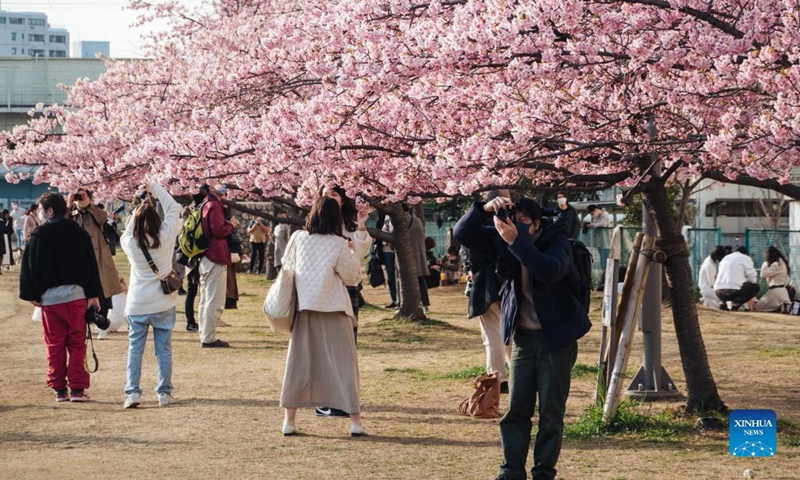Japan on Tuesday ended a COVID-19 quasi-state of emergency that was in place for 18 of the country’s 47 prefectures, including Tokyo and Osaka, owing to a downtrend in the number of new daily infections.
Tuesday marks the first time since January 8 that no emergency COVID-19 measures have been in place in the Asian country.
But concerns are rife that as both the business and academic year draw to a close and owing to Japan’s eased border controls, there could be yet another resurgence of coronavirus due to the highly contagious Omicron subvariant BA.2 of the virus.
On Thursday, the government decided to officially lift the emergency measures in place taking into account the burden on the healthcare system.
But notably, some regions that were under emergency virus measures had the occupancy rate of designated hospital beds for COVID-19 patients above the boom-or-bust threshold of 50 percent as recently as Friday.
Meanwhile, new infection levels have remained at a relatively high level in some regions, despite the COVID-19 quasi-state of emergency measures.
Since the beginning of 2022, the measures had been in place in as many as 36 of the nation’s 47 prefectures, although some virologists informing the government believe the antiviral measures do not go far enough in tackling the virus.
The lifting of the measures come, however, as the government and local governors are keen for people to return to their normal lives.
According to Japan’s public broadcaster NHK, officials are planning henceforth to “encourage the use of vaccination passports at eateries and event venues and for traveling.”
People view cherry blossoms near the Kyunaka River in Tokyo, Japan, on March 9, 2022. (Xinhua/Zhang Xiaoyu)




